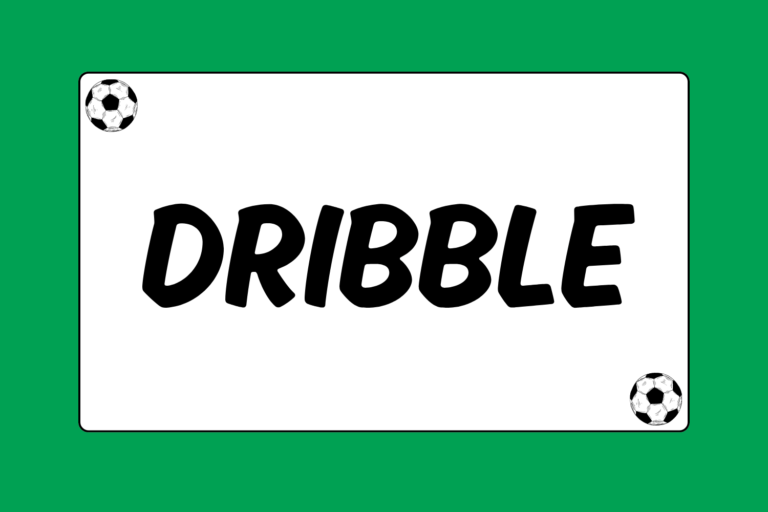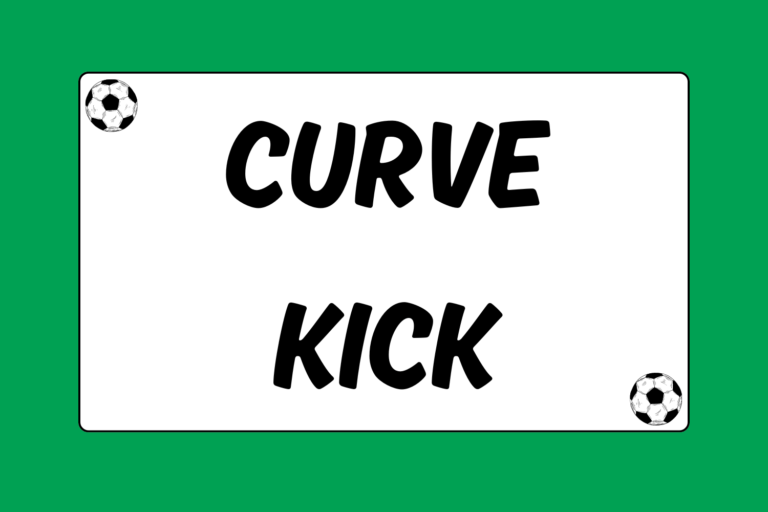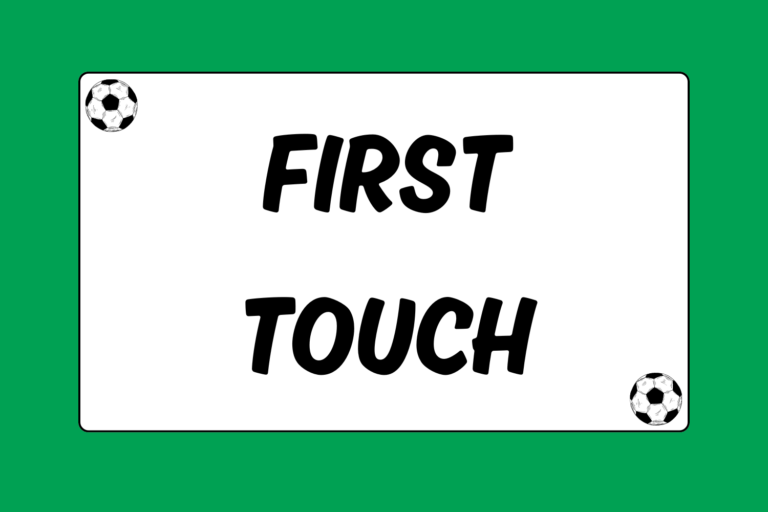Juggling the soccer ball could almost be considered a sport within a sport. The skills needed to master the art of juggling take a long time to hone and you will have to devote years of practice to perfect them. However, the nice thing about juggling is that once you have the basics down your potential for growth becomes exponential. There are hundreds of tricks you can do to improve your game or wow your friends.
Start Stationary
As a beginner, you will want to practice your juggling moves from a stationary position. Once you grow more comfortable with the ball, you can start walking or even running while juggling, but for starters focus on controlling the ball in one place.
Backspin
The easiest way to ensure that the ball remains under your control is by applying backspin when you strike it with your feet. If you put backspin on the ball it will come back towards you instead of flying out of your reach.
Fun Fact:
One thing to remember about juggling is that there is always room for improvement. No matter how much you practice, you can always get better.
Just ask London’s Dan Magness, who currently holds the Guinness World Record for juggling a soccer ball. He managed to do it for 24 hours straight in 2009. Think you can top that?
Ball Placement
When you juggle, there are a variety body parts you can use to hit the ball – except your hands, of course. The key is that you always want to strike the ball so that it lands in a position where you can continue juggling. For this reason you should strive to master a “soft touch,” and avoid striking the ball with force until you have honed your juggling skills. Below are the most commonly used parts of the body while juggling.
Feet
For starters you should begin by just using your feet. The easiest surface to use is the flat of your foot. The trick if you want to maintain control is to put backspin on the ball so it comes back towards your body when you strike it with your foot. Start out using one foot, and once you get the hang of it try alternating between both feet. 10 juggles in a row while alternating is a good milestone to hit before trying to introduce your knees.
Knees
The natural progression after just using your feet is to incorporate your knees. Generally speaking you want to make sure that you strike the ball with the flat of your thigh, rather than your actual knee cap. This will ensure that you maximize ball control and increase your ability to direct the ball.
Chest
The chest is primarily a vertical surface, providing limited potential for incorporation into your juggling, but if you arch your back you can create a surface to play the ball with. Once you start getting better at putting backspin on the ball you can actually play the ball up to your chest and balance it there. However, be cautious that the ball touches only your chest and shoulder, because even the upper part of your arm is considered a hand ball.
Shoulders
The shoulders are a difficult part of the body to juggle with, considering not only their close proximity to your head, but also the fact that they are not entirely flat. Once you are comfortable enough to begin using your shoulders, make sure that you are focused on directing the ball to the optimal place close to your body to make your next strike on the ball.
Head
Once you have mastered your extremities, it’s time to start using your head. You’ll want to start by simply heading the ball right back in front of you so that you can strike it with either your knees or your feet. Once you get really good you can even try balancing the ball on your head.
Practice Makes Perfect
Juggling takes countless hours of practice and requires a lot of patience, but juggling skills can translate to the field and improve your overall game. Now that you have a firm grip on the basics of juggling, it’s time to start practicing. No amount of knowledge can compensate for the hours you spend working with the ball, so get out there!
Hopefully this guide has provided you with the necessary information to master the basics of juggling a soccer ball. Feel free to continue to the Advanced Juggling Guide once you are comfortable with these basic steps.





